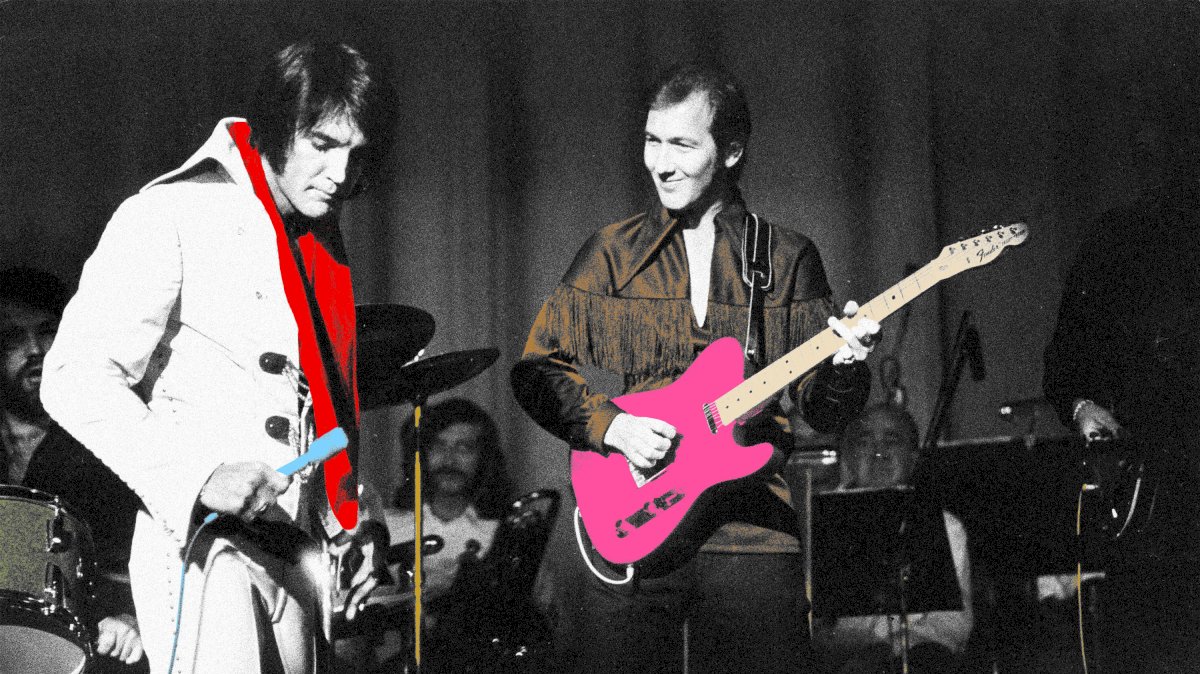In 1937, amidst the ever-present shadow of the Great Depression, a six-year-old Shirley Temple brought sunshine to the silver screen in "Wee Willie Winkie." This delightful film, a loose adaptation of a Rudyard Kipling story, showcased Temple's undeniable charm and charisma, solidifying her status as Hollywood's brightest young star.

The film centers around Priscilla Williams (Temple), a precocious and headstrong girl who travels to India to live with her stern grandfather, Colonel Williams (C. Aubrey Smith). The Colonel, a no-nonsense military man, commands a British outpost facing potential unrest from the local population.
Priscilla, with her infectious optimism and love for all things military, disrupts the Colonel's regimented routine. She befriends the gruff but kind Sergeant MacDuff (Victor McLaglen), who becomes her confidante and protector. One of the film's most heartwarming scenes involves Priscilla, dressed in a miniature soldier's uniform, leading a playful drill session with the enlisted men.

The plot thickens when a rebellious group, led by the charismatic Lohgarh (Cesar Romero), threatens the British presence. Priscilla, through her childlike innocence and unwavering belief in the good within everyone, inadvertently becomes entangled in the conflict.
"Wee Willie Winkie" isn't simply a showcase for Temple's talent. It's a film that explores themes of loyalty, cultural understanding, and the power of innocence. Priscilla, with her unwavering trust in Sergeant MacDuff and her genuine affection for the local people, unintentionally bridges the gap between the British soldiers and the Indian population.

While the film's portrayal of colonialism is undoubtedly dated by today's standards, it's important to view it through the lens of its time. In 1937, the concept of cultural sensitivity wasn't as prevalent as it is today. However, the film does make an attempt to showcase the beauty and diversity of Indian culture, albeit through a Western lens.
The true star of the film, of course, is Shirley Temple. Her performance is a masterclass in childhood charm. She delivers her lines with a naturalness and sincerity that endears her to the audience. Whether singing the now-classic "Poor Little Rich Girl" or performing a tap dance routine, Temple exudes a contagious energy that's impossible to resist.

"Wee Willie Winkie" was a box office smash, becoming one of the highest-grossing films of 1937. Critics, while acknowledging the film's simplicity, praised Temple's performance. The New York Times, in its review, stated, "Shirley Temple does her usual bright-eyed, energetic song and dance routine, and this time it is effective..."
The film's success solidified Shirley Temple's place as a cultural phenomenon. Her bubbly personality and undeniable talent resonated with audiences yearning for a sense of hope during a difficult time. "Wee Willie Winkie" wasn't just a film; it was a symbol of resilience and the enduring power of childhood innocence.

The legacy of "Wee Willie Winkie" extends beyond box office success and critical acclaim. The film serves as a time capsule of 1930s Hollywood, showcasing the unique charm of child stars and the escapist entertainment that audiences craved during the Depression. It also offers a glimpse into the British Raj in India, a period of history with its own complexities.
More importantly, "Wee Willie Winkie" reminds us of the enduring power of Shirley Temple. She wasn't just a talented singer and dancer; she was a symbol of hope and a reminder that even in the face of hardship, there's room for joy and optimism. With her tap-dancing shoes and infectious smile, Shirley Temple, in "Wee Willie Winkie," brought sunshine to audiences around the world.
FULL MOVIE
PHOTO GALLERY



















